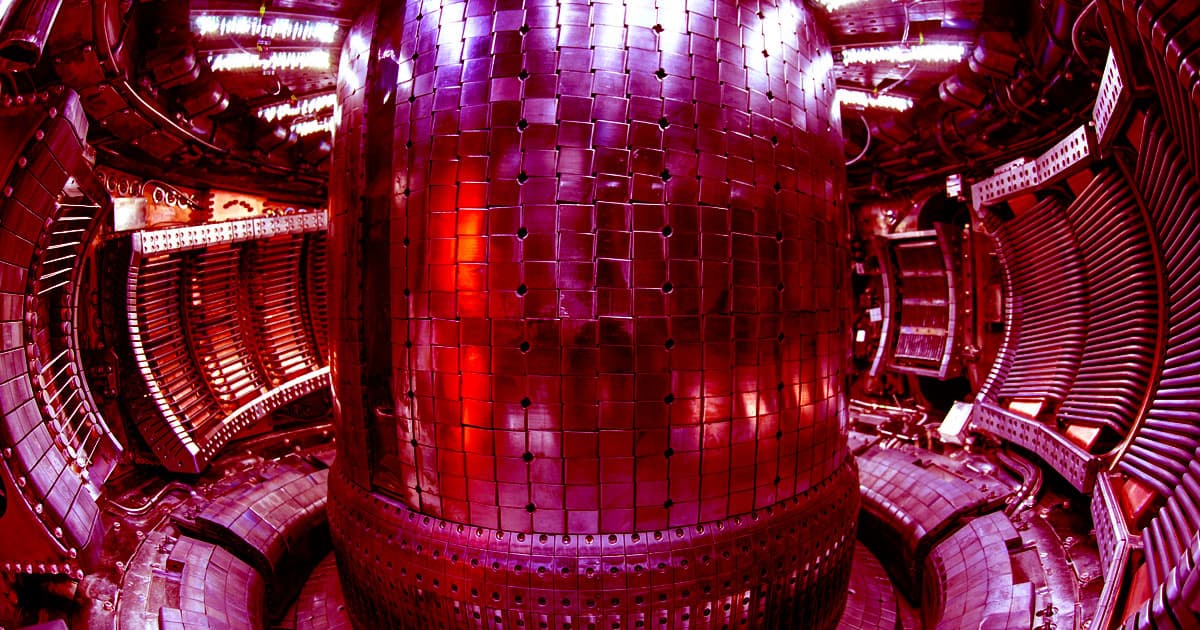Leaky Plasma
For a technology that stands to revolutionize how we generate clean energy, nuclear fusion is remarkably leaky — high energy particles can sometimes escape experimental reactors, making the process much less efficient.
But new research may have found a way to keep those particles where they belong, according to U.S. Department of Energy (DOE) research published in the journal Physics of Plasmas in October. The new work could boost the efficiency of experimental fusion reactors such as ITER, a groundbreaking facility currently under construction in France.
Ride the Wave
Right now, the plasma in experimental fusion reactors can generate waves that push around high-energy particles. Those waves can grow so big that the particles are actually driven outside of the reactor altogether, taking with them some of the energy needed for the fusion reaction.
The new DOE research describes complex computer simulations that can track and predict these waves, giving physicists new avenues to prevent them and keep these particles right where they belong.
Proactive Engineering
The researchers hope their work will help build ITER, a multinational experimental fusion reactor that's expected to first go online in 2025 — though doing so will require scaling up the simulation substantially.
"A conservative projection for ITER is that simulations will require approximately 1 million times more calculations than are needed for current tokamaks," said Nikolai Gorelenkov, a principal research physicist at the Princeton Plasma Physics Laboratory and a co-author of the new paper, in a press release. "It’s an unprecedented amount of computation, so we have to find ways to make the simulation easier to finish."
READ MORE: Found: A precise method for determining how waves and particles affect fusion reactions [Princeton Plasma Physics Laboratory]
More on improving fusion reactors: SCIENTISTS DISCOVERED A NEW WAY TO STABILIZE FUSION REACTIONS
Share This Article
